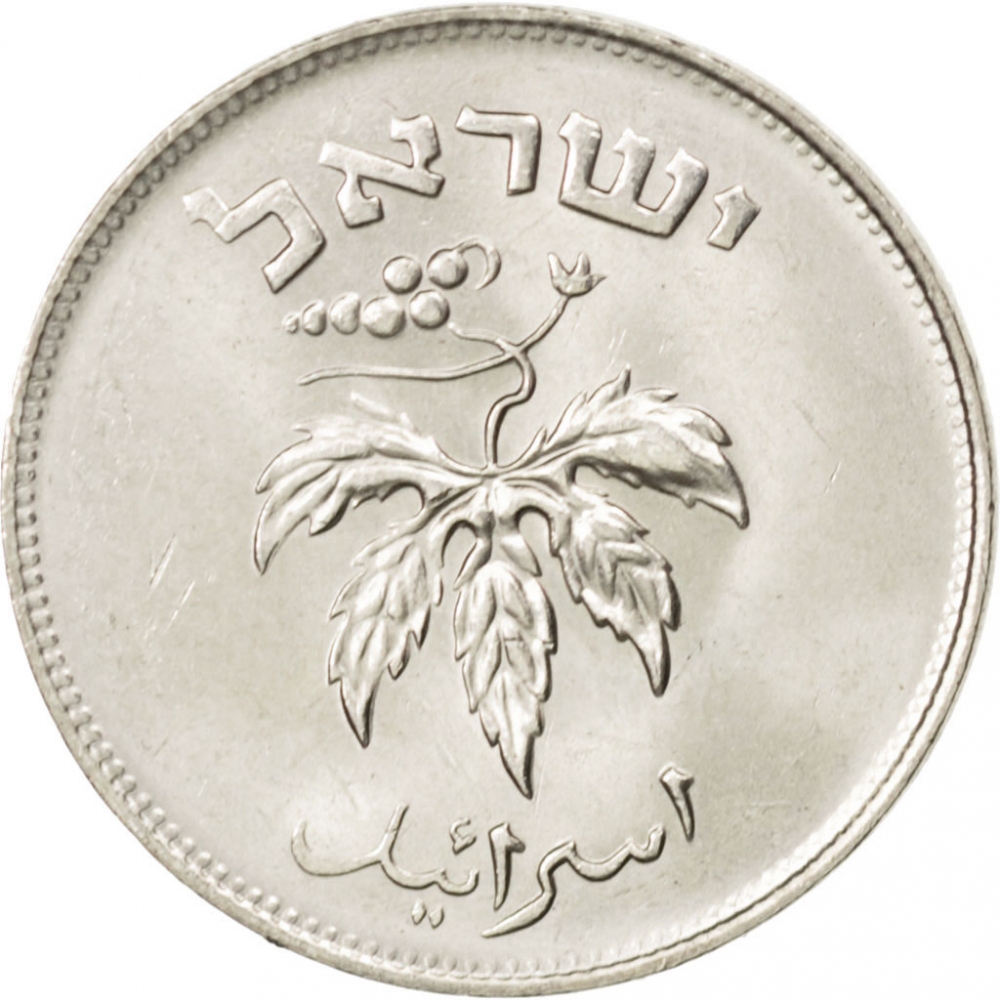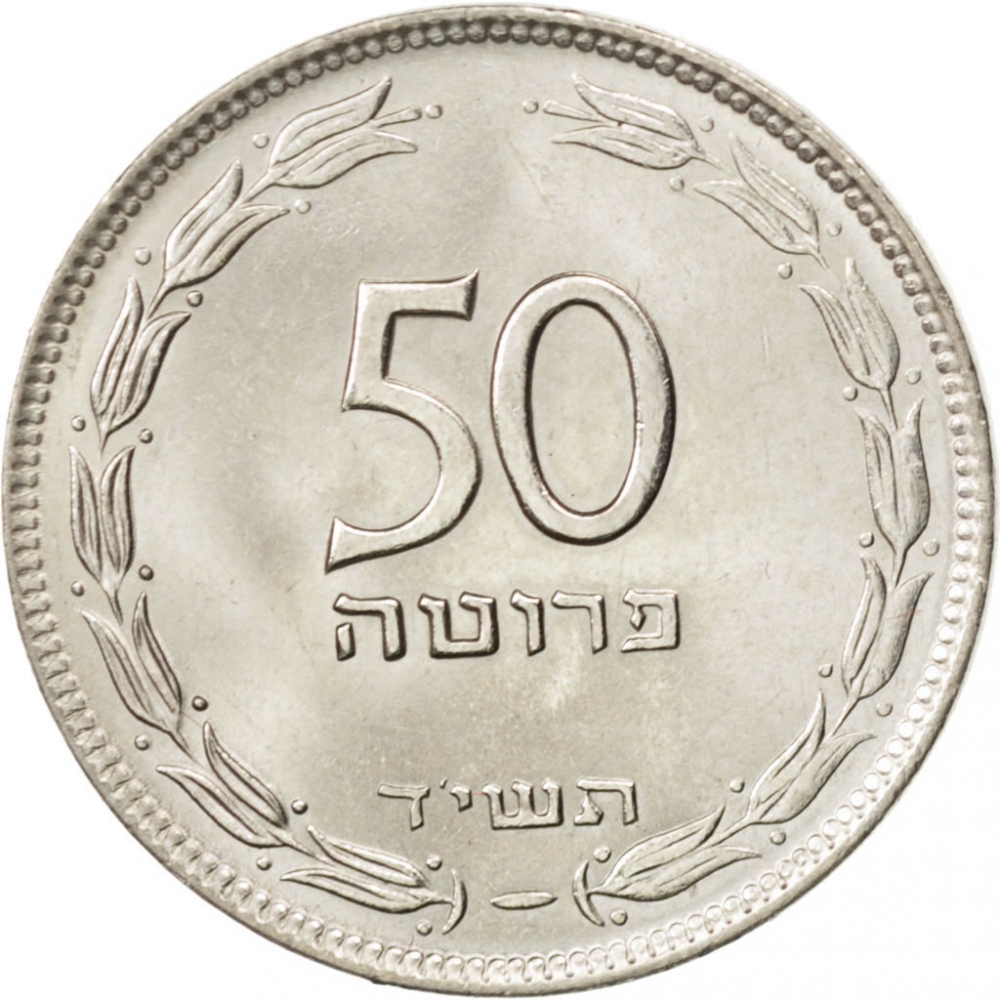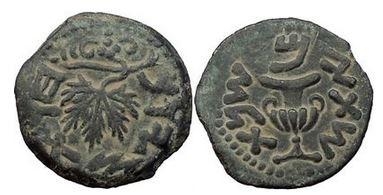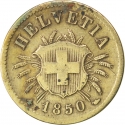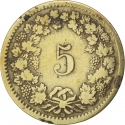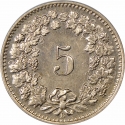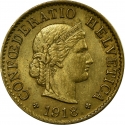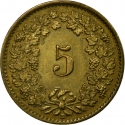You are about to finish your registration. Please check your mailbox (including spam folder). There should be a letter with a confirmation link. Check setting to make sure that your e-mail address is correct.
Send letter againDescription
Following the establishment of the State, the government requested the Israel Numismatic Society to propose the coins designs. Leo Kadman and Hanan Pavel, together with the graphic artist Otte Wallish, submitted sketches, which were approved by the Minister of Finance, Eliezer Kaplan.
When introduced in 1949, the name chosen for Israel's trade coins was Pruta. The singular term "Pruta" (meaning "a coin of lower value"), and its plural form "Prutot", are extensively found in Mishnaic Hebrew texts dating from the second century AD onwards. For unknown reasons, the designers of the Pruta-series coins refrained from using the correct plural form Prutot, but used the erroneous singular form Pruta on all coins (5, 10, 25, 50, 100, 250 & 500 Pruta). Aware of this linguistic blunder, the Bank of Israel corrected the error in 1957, when two versions of the correctly spelled 10 Prutot coin were issued.
Date of issue: May 11, 1949.
Obverse

|
A branch of grape leaves resembling the image on a coin issued in Jerusalem during the first Jewish–Roman War. Name of country (Israel) in Hebrew and Arabic. ישראל |
|---|---|
Reverse

|
Wreath of stylized olive branches, denomination and date. 50 |
| Edge |
Reeded edge: KM# 13.1 |
Characteristics
| Material | Cupronickel |
| Weight | 5.69 g |
| Diameter | 23.5 mm |
| Thickness | 1.76 mm |
| Shape |
|
| Alignment | Medal |
| Alt # |
|
| Mints |
Birmingham Mint (H) Imperial Chemical Industries (ICI) Tel Aviv Mint
|
